Galapagos Islands Adventure
![]()
As we began planning our Galapagos adventure, we learned that around four million years ago, a period of volcanic activity and shifting of the earth's crust began in the Pacific Ocean, 1000 kilometers from the coast of Ecuador, creating the islands we know as the Galapagos. As ages passed, life arrived and evolved on these small specks of lava.
Finally, men arrived, by accidents or shipwrecks but they found these islands inhospitable and left as soon as possible. On later visits, buccaneers and whalers discovered the great tortoises that thrived here and captured these gentle creatures to take alive onboard their ships for food. They realized that tortoises could live for weeks without food or water, providing fresh meat to the seamen. The friendly sea lions were hunted for their skin, meat and oil as well. Thus began the upset of the fragile ecological balance of these islands. In later years, there were a few attempts at settlement but these did not go well as the environment was just not friendly to the settlers.
In 1835, these islands were visited on the scientific around the world voyage of the Beagle. Charles Darwin, the ship's naturalist, described his observations in his book, The Voyage of the Beagle, He wrote, "As I was walking along I met two tortoises, each of which must have weighed at least two hundred pounds: one was eating a piece of cactus, and as I approached, it stared at me and walked away; the other gave a deep hiss, and drew in its head."
He observed that, "tortoises, when purposely moving towards a point, travel by night and day, and arrive at their journey's end much sooner than would be expected." Slow and steady wins the race, we guess!
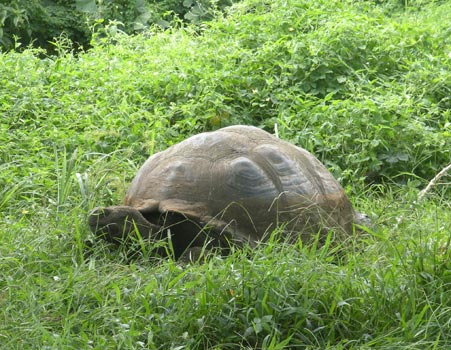
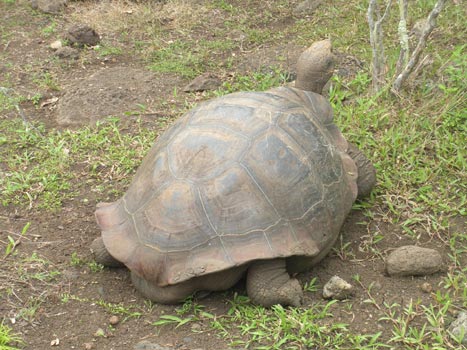
Darwin also described the marine iguanas as "great black lizards, between three and four feet long", and the land iguanas, "on the hills, an ugly yellowish- brown species was equally common."
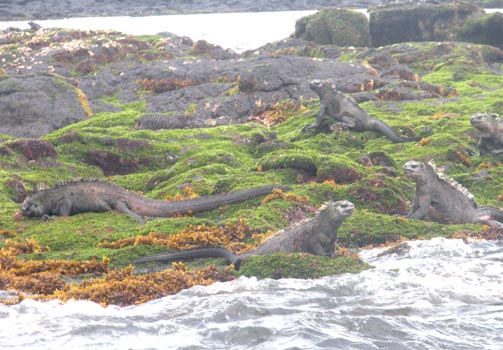
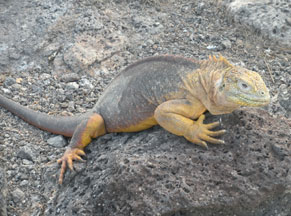
As he observed the flora and fauna of these islands, he began to ask the questions that would lead him to his theory of evolution. He noted that "by far, the most remarkable feature in the natural history of this archipelago is that different islands to a considerable extent are inhabited by a different set of beings." He observed, "Hence, both in space and time, we seem to be brought somewhat near to that great fact - that mystery of mysteries - the first appearance of new beings on this earth."
The Beagle continued on her voyage, leaving the resident beings to thrive and evolve, interrupted by relatively few human visitors until another naturalist, William Beebe visited in 1924 to continue Darwin's research. His book, Galapagos: World's End, stimulated interest in these faraway islands and more people began to visit. Some decided to stay and the population began to grow. In 1935, the Ecuadorian government declared parts of the archipelago to be wildlife preserves. During World War II, the US government obtained permission from the Ecuadorian government to build an airbase from which to protect the Panama Canal. After the war, the airport enabled more visitors to come.
By this time, it was becoming obvious that four centuries of human visitation had upset the fragile balance of the ecosystem, made worse as introduced species such as goats, pigs, cattle, rats and others devastated the native species. Recognizing that extraordinary measures would be needed to protect the Galapagos, in 1959, the Ecuadorian government declared 97% of the land area of the Galapagos to be a National Park. At the same time the Charles Darwin Foundation for the Galapagos was founded by Belgian scientists and in 1964, the Charles Darwin Research Station opened, and programs for captive breeding and release of tortoises and iguanas were initiated. These efforts lead to the carefully monitored visitation practices and limits on places that could be visited in exisitence today.
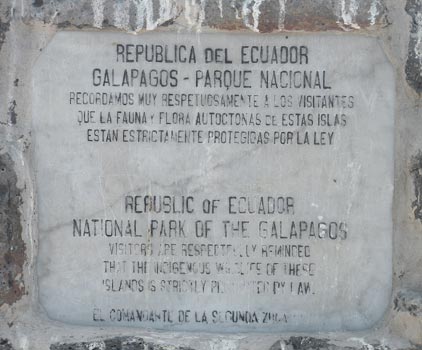
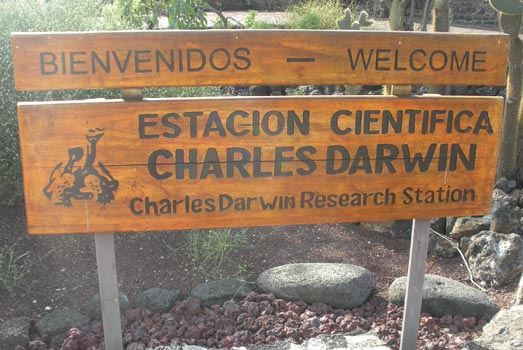
Our visit involved a 8 day/7 night cruise on a small (20 passenger) yacht, fairly typical of those used by most tourists. During our cruise, we landed by zodiac each day, sometimes at two different locations where we traveled usually on foot, or from the towns by small bus, to explore these unique environments.
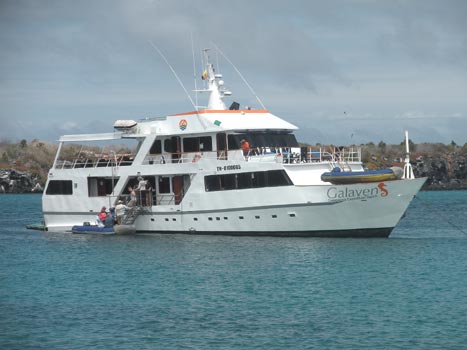
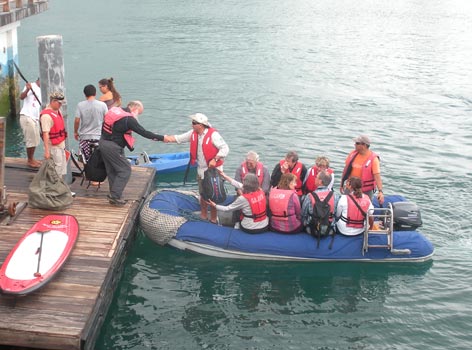
Franklin and Enrique, our Naturalist-Guides, enabled us to observe the plants and geology, understand the variations in climate, appreciate the delicate and fragile balance of nature, and to meet the critters who make this unique place their home. We carefully followed the designated paths and tried to keep our distance from the amazingly tame and curious critters.
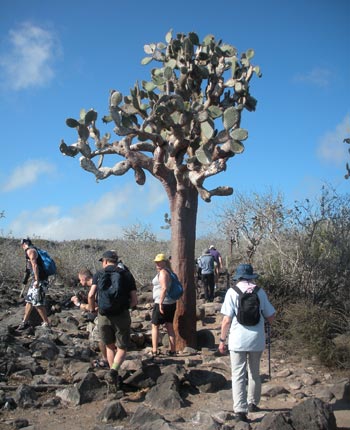
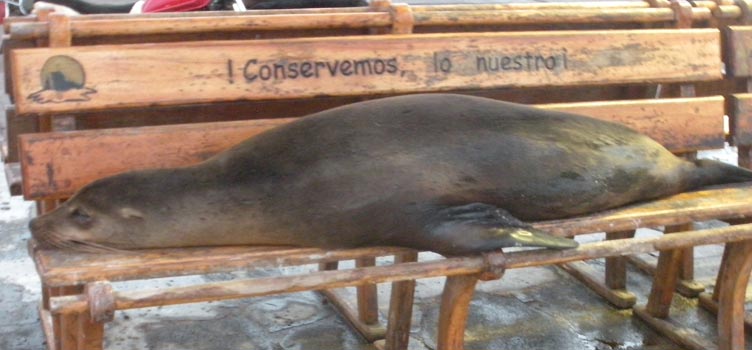
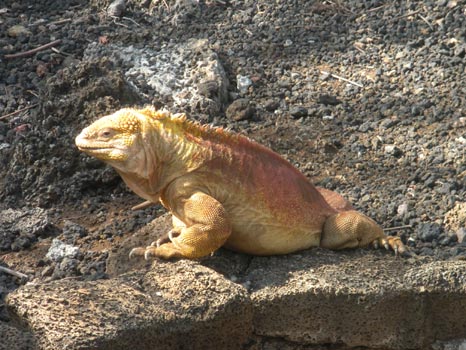
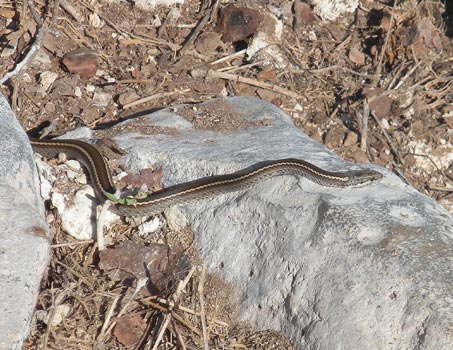
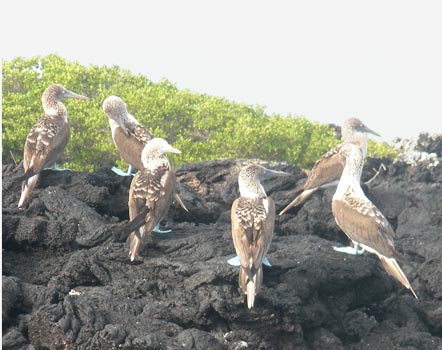
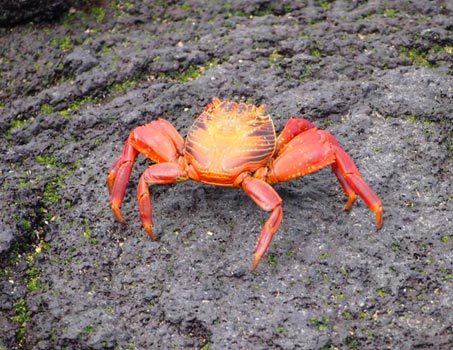
We also visited the breeding stations and learned about all of the requirements for success that have been discovered since these programs began in 1964.
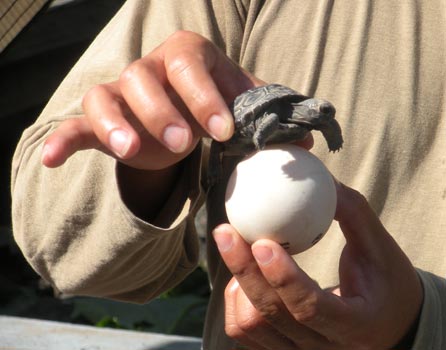
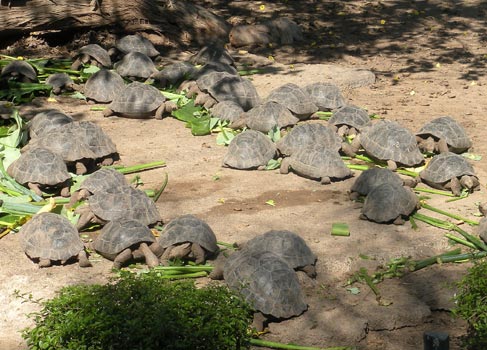
Challenges Facing the Galapagos
In talks with Franklin and Enrique, we learned that the Ecuadorian government, along with other interested groups are concerned that the level of human activity on the islands is threatening this unique ecosystem.
Steps have been taken to reduce the impacts. For example, we learned about the limits to the total number of ships that were licensed to cruise the islands and that only three ships were allowed to anchor at each location at one time.
Even so, more than 100,000 people visit the Galapagos annually and 30,000 people make these islands their permanent home. All of these folks need food, fresh water, sanitation, and energy, both electricity and vehicle fuel. The challenges of providing for these needs while not degrading this unique ecosystem are great!
For example:
So, it is possible that people will love these fragile islands to death! We feel so very fortunate to have had the opportunity to visit and experience this special place. Yet, we feel concerned that we have contributed to the impacts and made the struggle for survival of the unique flora and fauna a bit harder. Perhaps there will come a time when humans decide that it is necessary to return the Galapagos to those special beings that Charles Darwin described. We hope it will not come to this, but we would support the effort if it did.
Because photos add so much to an understanding of this wonderful place, we also offer a Flickr page of our photos.
To view it, click here (opens in a new window).
Click here to return to our 'Searching the World for People Friendly places' page
![]()